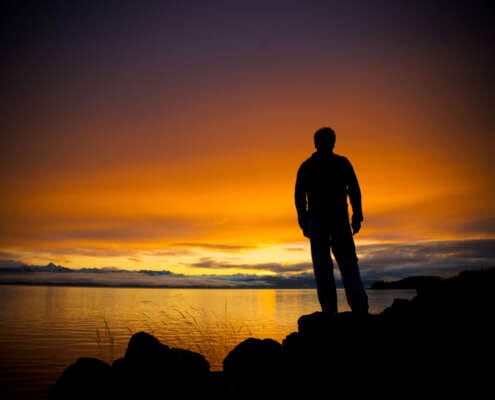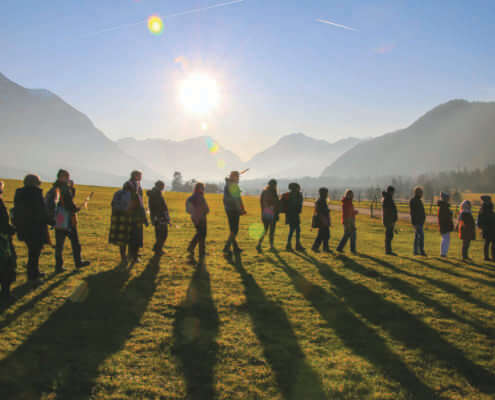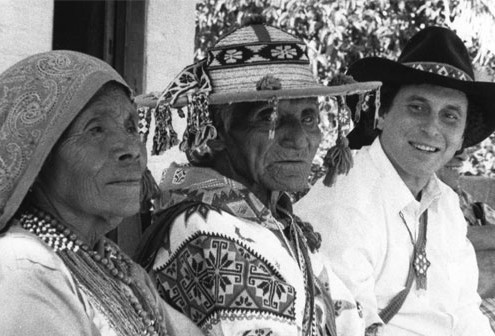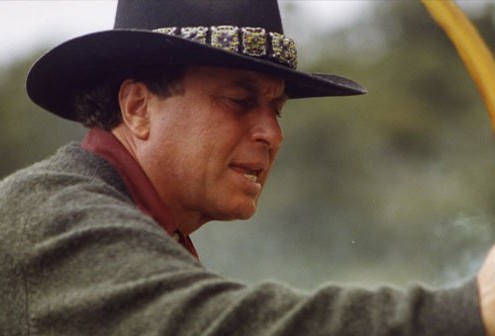Get in Touch
Call: (831) 475-9560
E-mail: info@shamanism.com
Hours: Mon.–Fri., 9am–5pm PDT
Send us your questions. Call about our programs. Schedule a healing. We would love to hear from you.
Upcoming Events
| Stockbridge, Massachusetts | Mar 6 - 8, 2026 |
|---|---|
| Monterey Bay, CA | Apr 10 - 12, 2026 | Crete, Greece | Apr 18 - 26, 2026 |
| Mont Blanc, Italy | May 30 - Jun 7, 2026 |




